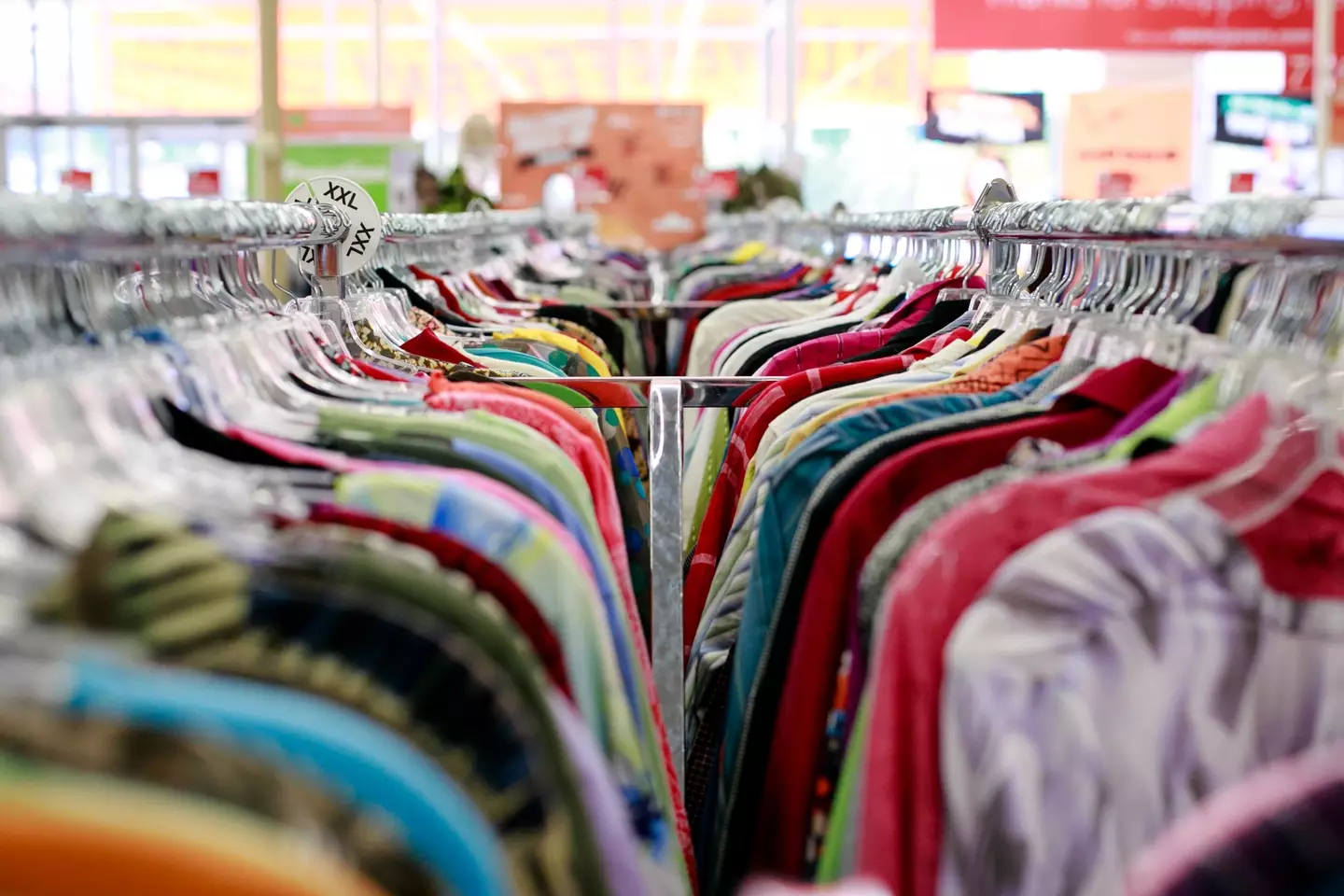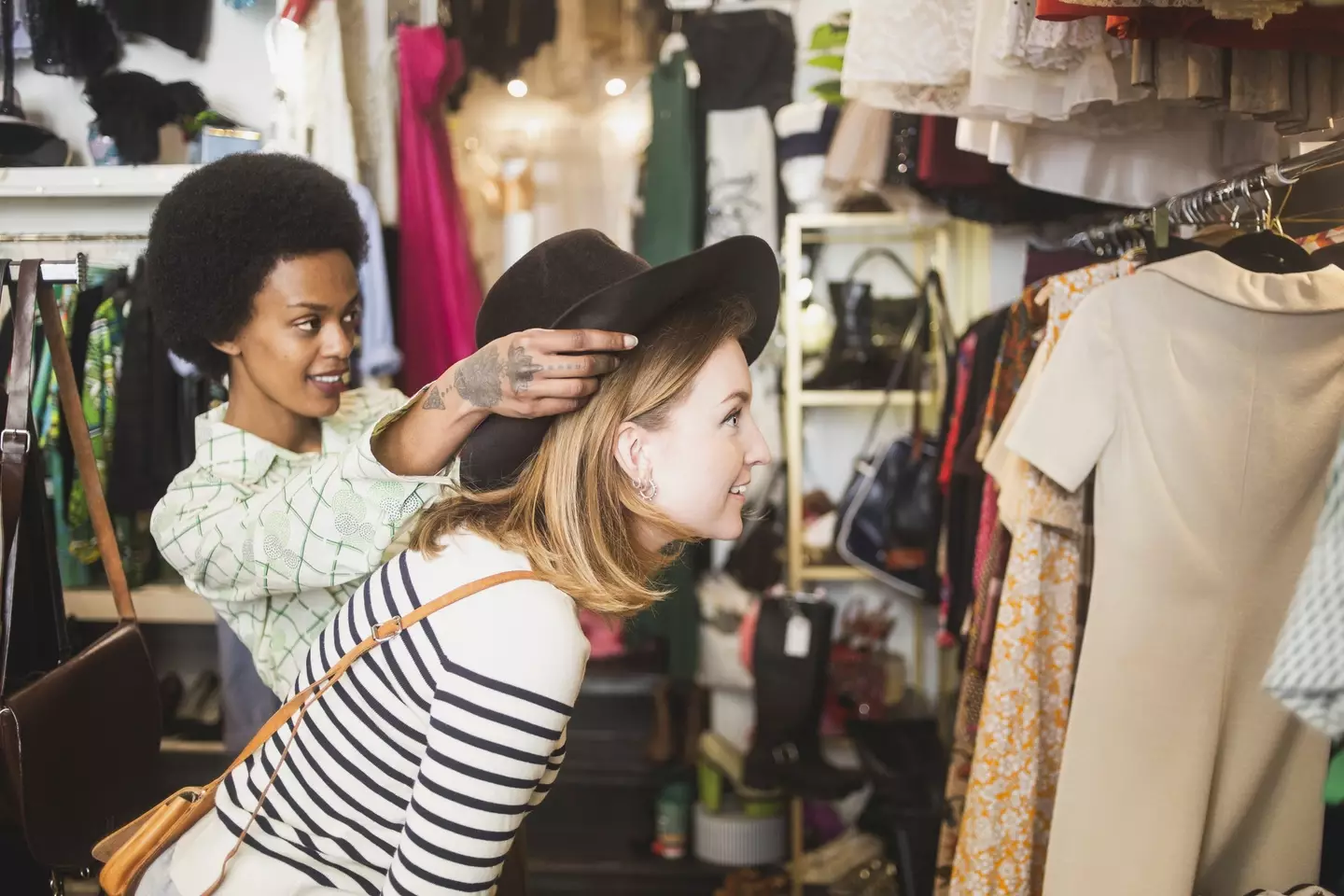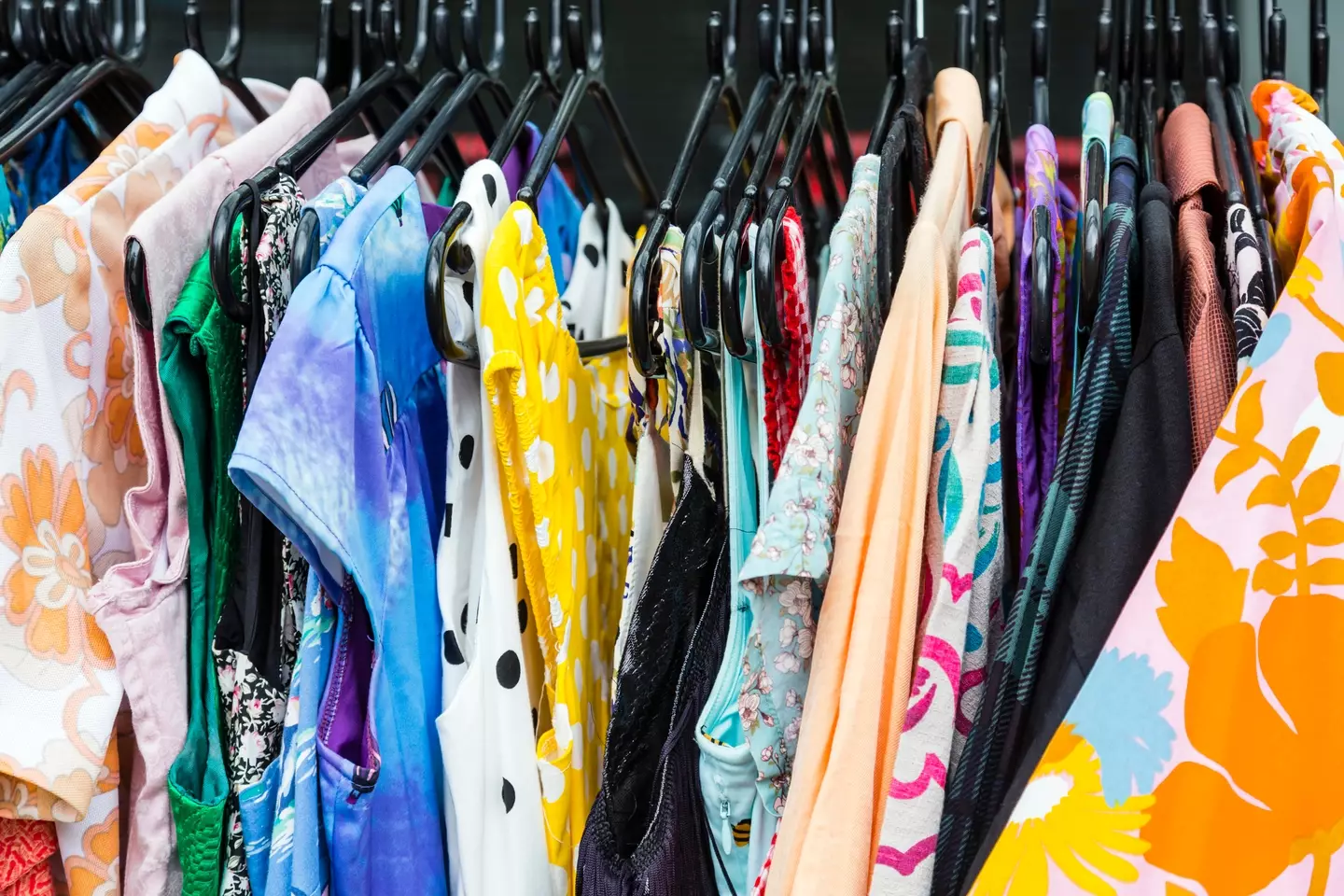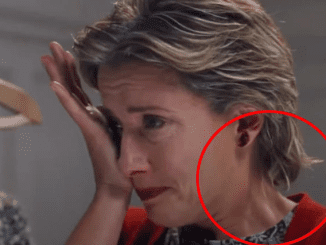Vintage and second-hand clothing has become a major trend, providing unique finds at bargain prices while also supporting sustainable fashion. However, recent warnings from scientists indicate that these pre-loved items may be carrying more than just style—they could be “swimming in germs” from previous owners. Here’s what you need to know to stay safe while shopping second-hand and how to ensure your fabulous vintage finds are also hygienically clean.

Why Second-Hand Clothes Can Harbor Pathogens
Clothing is a surprisingly effective carrier of germs. From bacteria to fungi, every garment we wear comes into contact with our body’s microbiome, which consists of millions of microorganisms. According to Dr. Primrose Freestone, a Clinical Microbiology lecturer at the University of Leicester, clothing can retain elements of the microbiome from previous wearers. “Clothing is a well-known carrier of many disease-causing pathogens,” explains Dr. Freestone, emphasizing that even if germs are harmless to the original owner, they can cause issues for others with a different microbiome.
When second-hand clothes are not properly cleaned, there’s a risk that bacteria, fungi, or viruses could still be clinging to the fabric. For consumers who are particularly susceptible to infections or who have weakened immune systems, these lingering pathogens can pose a significant health risk.
The Rising Popularity of Second-Hand Fashion
With demand for vintage and second-hand fashion skyrocketing, many shoppers are turning to thrift stores, online marketplaces, and vintage boutiques to find unique pieces. Not only is second-hand shopping budget-friendly, but it also helps reduce waste in the fashion industry. However, as shoppers dive into the racks for their next treasured find, it’s important to remember that vintage clothing should be handled with care.
As Dr. Freestone notes, “Pre-owned fashion is seen by many as a cheaper, more environmentally friendly way to expand their wardrobe, but it’s important you disinfect it properly first.”
How Germs Thrive on Clothes
While we often consider washing clothes mainly to remove visible dirt, fabric can hold much more than just stains. Our clothing picks up bacteria from our skin, and because these microbes live comfortably on fabric surfaces, they can survive long after the item has been removed. This is especially true for natural fibers like cotton, which can hold moisture and create a suitable environment for pathogens to thrive. Fungi, viruses, and bacteria can even survive through shipping and storage.
In cases where second-hand items haven’t been laundered properly, pathogens from the original owner could still be present. For example, some germs may survive cooler washing temperatures, meaning that a gentle or cold cycle may not be sufficient to kill potentially harmful bacteria.
Staying Safe: How to Properly Disinfect Second-Hand Clothes
The good news is that keeping yourself safe while shopping second-hand is as simple as ensuring the proper cleaning of your newly acquired items. Here are some essential steps to take to disinfect vintage clothing effectively.

An expert has issued a warning about secondhand clothes (Getty Stock Photo)
1. Wash at a High Temperature
According to experts, the best way to kill pathogens on clothing is by washing them at a temperature of at least 60°C (140°F). High heat will break down and destroy most bacteria and viruses, providing a thorough clean that’s especially important for second-hand items. If the garment is too delicate for a hot wash, consider using a laundry disinfectant that’s designed to kill germs in cold water.
2. Separate Second-Hand Items Before Washing
To avoid potential cross-contamination, keep second-hand clothes separate from your regular laundry until they have been disinfected. This means storing them in a separate laundry bag or area and washing them alone to prevent germs from spreading to other clothes.
3. Use a Laundry Sanitizer
For fabrics that can’t withstand high temperatures, using a laundry sanitizer or disinfectant is a highly effective alternative. These products are formulated to kill germs and can be added to the washing machine alongside your regular detergent. They provide an extra layer of protection against germs that cold water may not eliminate.
4. Air-Dry in Direct Sunlight
Sunlight acts as a natural disinfectant due to its UV rays. After washing, drying clothes outdoors can help eliminate any remaining pathogens. UV exposure can break down residual bacteria and viruses, leaving your clothes fresh and clean.
5. Consider Dry Cleaning for Delicate Items
For vintage items that are too fragile for machine washing, consider taking them to a professional dry cleaner. Many dry-cleaning processes involve heat and special solvents that effectively eliminate germs. Make sure to inform the cleaner that the item is second-hand so they can take any additional precautions if necessary.

Secondhand clothing is seen as cheaper and more environmentally friendly (Getty Stock Photo)
Additional Tips for Thrift Shoppers
While washing your clothes thoroughly is the primary defense against germs, there are a few other steps you can take to maintain hygiene when shopping second-hand:
- Inspect Items Carefully Before Purchase: Look for signs of wear, stains, or mold. Avoid items with strong odors, as these could indicate underlying bacterial or fungal growth.
- Wear Gloves While Shopping: Especially in thrift stores where clothes are handled by many people, gloves can help protect you from picking up germs on your hands.
- Don’t Try on Unwashed Clothes: While it’s tempting to try on pieces to check the fit, it’s best to avoid doing so until the clothes have been washed, especially in areas where the item may come in contact with your skin.
Why Second-Hand Clothing Can Still Be a Great Option
Despite these precautions, it’s important not to feel deterred from enjoying second-hand shopping. Pre-loved fashion is a fantastic choice for reducing waste and saving money while finding unique wardrobe pieces. With proper hygiene measures, you can shop confidently, knowing that you’re keeping both your style and health in check.

It’s best to wash any secondhand clothes at a high temperature (Getty Stock Photo)
Dr. Freestone’s advice serves as a valuable reminder that second-hand clothing is safe as long as it’s cleaned thoroughly before wearing. “This is because clothing can actually be an important reservoir for many infectious diseases,” she explains, emphasizing that disinfecting pre-loved clothes is a straightforward way to enjoy your finds safely.
The Bottom Line: Clean First, Wear Confidently
Vintage and second-hand clothes offer a unique blend of style, sustainability, and savings. However, they also come with a few extra responsibilities to ensure they’re clean and germ-free. By following these washing tips, you can enjoy your new finds without worry, combining fashion with peace of mind.
As the vintage trend continues to grow, so too does our understanding of how to handle these items with care. Embrace second-hand fashion, but don’t forget the essential first step: a good, hot wash to make your wardrobe both chic and safe.


